Grow Crisp Cucumbers: Your Guide to a Bountiful Harvest
I’ve always loved the satisfying crunch of a perfectly ripe cucumber, straight from the garden. That crisp, refreshing taste is simply unbeatable! That’s why I’m so excited to share my Grow Crisp Cucumbers guide with you – a collection of home gardening tricks and DIY solutions to help you achieve that same juicy perfection in your own backyard. For generations, cultivating cucumbers has been a source of pride and sustenance, a connection to the earth and a symbol of summer’s bounty. From ancient Egyptian hieroglyphs depicting cucumber cultivation to the modern-day home gardener, the desire for a successful cucumber crop remains constant.
But let’s be honest, growing crisp cucumbers isn’t always a walk in the park. Pest infestations, inconsistent watering, and nutrient deficiencies can quickly derail your efforts. That’s where these simple yet effective Grow Crisp Cucumbers DIY tricks come in. Whether you’re a seasoned gardener or just starting out, this article will equip you with the knowledge and techniques to overcome common challenges and maximize your yield. You’ll learn how to select the perfect variety for your climate, build effective trellises to support your vines, and create homemade pest deterrents using readily available ingredients.
Why This Matters
Ultimately, the ability to Grow Crisp Cucumbers successfully translates to fresh, healthy food for your family, reducing reliance on store-bought produce and potentially saving you money. More than that, it’s a deeply rewarding experience to nurture a plant from seed to harvest, witnessing the miracle of nature unfold in your own garden. So, let’s get started on your journey to growing the crispiest, most delicious cucumbers you’ve ever tasted!
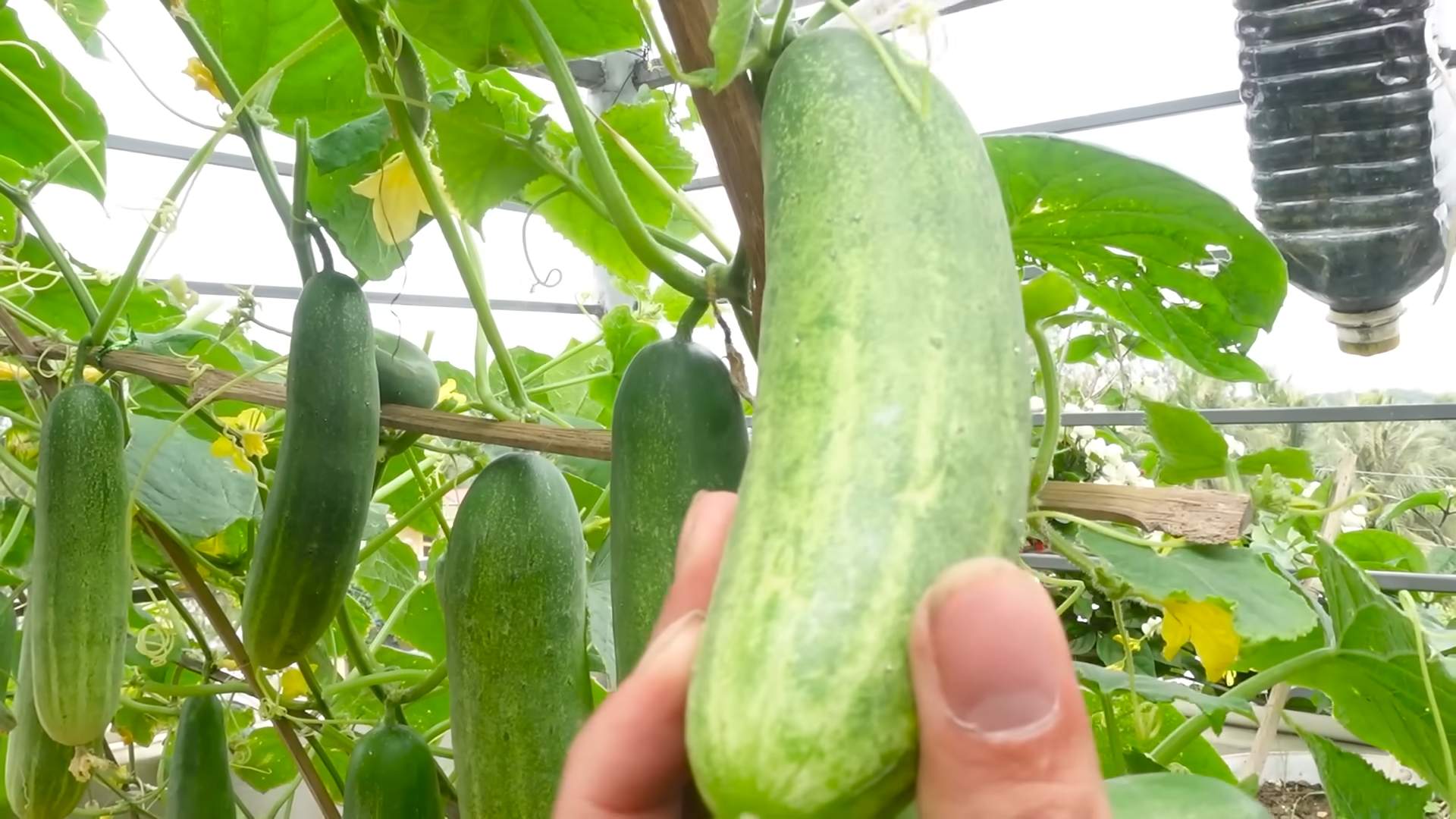
Grow Crisp Cucumbers: A DIY Guide to a Bountiful Harvest
I love the taste of a perfectly crisp cucumber, straight from the garden. Nothing beats that refreshing crunch! Growing your own cucumbers isn’t as hard as you might think. Follow these steps, and you’ll be enjoying homegrown cucumbers in no time.
Planning and Preparation
- Choose the right variety: Research cucumber varieties suited to your climate and growing space. Consider space requirements (bush or vining), disease resistance, and the type of cucumber you prefer (pickling, slicing, etc.). I personally love the space-saving bush varieties for smaller gardens.
- Select a sunny spot: Cucumbers need at least six hours of direct sunlight daily. Find a location in your garden that receives ample sunshine.
- Prepare the soil: Cucumbers thrive in well-drained, fertile soil. Amend your soil with compost or other organic matter to improve its drainage and nutrient content. A soil test can help determine if you need to add any specific nutrients.
- Gather your supplies: You’ll need cucumber seeds or seedlings, gardening gloves, a trowel or spade, watering can, and potentially a trellis or support system for vining varieties.
Sowing Seeds or Planting Seedlings
- Direct sowing (seeds): If starting from seeds, sow them directly into the prepared soil after the last frost. Plant seeds about an inch deep and 12-18 inches apart, depending on the variety. Gently firm the soil around the seeds.
- Starting seedlings (indoors): For an earlier harvest, start seeds indoors 4-6 weeks before the last expected frost. Use seed starting mix and small pots. Once seedlings have a few true leaves, transplant them outdoors after the last frost, maintaining the same spacing as direct-sown seeds.
- Watering: Water thoroughly after planting, ensuring the soil is consistently moist but not waterlogged. Overwatering can lead to root rot.
Ongoing Care and Maintenance
- Watering: Consistent watering is crucial, especially during dry spells. Aim for about an inch of water per week, either through rainfall or supplemental watering. Water deeply at the base of the plants to avoid wetting the foliage, which can increase the risk of fungal diseases.
- Fertilizing: Feed your cucumbers regularly with a balanced fertilizer, following the package instructions. Avoid over-fertilizing, as this can lead to excessive foliage growth at the expense of fruit production. I prefer using organic fertilizers to promote healthy soil.
- Pest and disease control: Regularly inspect your plants for pests like aphids, cucumber beetles, and spider mites. Use appropriate organic pest control methods, such as insecticidal soap or neem oil, if necessary. Good air circulation can help prevent fungal diseases.
- Support system (for vining varieties): If you’re growing vining cucumbers, provide a support system such as a trellis, fence, or stakes. This will help keep the plants off the ground, improve air circulation, and prevent fruit rot. Train the vines to climb the support structure.
- Pollination: Cucumbers are usually pollinated by bees. If you notice a lack of pollination (few flowers setting fruit), you might need to hand-pollinate by gently transferring pollen from male flowers to female flowers using a small brush.
Harvesting Your Cucumbers
- Harvesting time: Harvest cucumbers when they reach their desired size and maturity. Check the variety description for recommended harvest size. For slicing cucumbers, harvest when they are firm and dark green. For pickling cucumbers, harvest when they are small and tender.
- Harvesting technique: Use a sharp knife or garden shears to cut the cucumbers from the vine, leaving a short stem attached. Avoid pulling or twisting the cucumbers, as this can damage the plant.
- Regular harvesting: Harvest cucumbers regularly to encourage continued production. Leaving cucumbers on the vine too long can reduce the plant’s productivity and affect the quality of the fruit.
Troubleshooting Common Problems
Bitter Cucumbers
Bitter cucumbers are often caused by inconsistent watering or stress. Ensure consistent moisture and avoid letting the plants dry out completely. Also, make sure the plants are getting enough nutrients.
Yellowing Leaves
Yellowing leaves can indicate several issues, including nutrient deficiencies, overwatering, or diseases. Check your watering practices, soil fertility, and inspect the plants for signs of disease. Adjust your care accordingly.
Powdery Mildew
Powdery mildew is a common fungal disease that appears as a white powdery coating on the leaves. Improve air circulation around the plants and consider using an organic fungicide if the problem persists. Good air circulation is key to preventing this.
Remember to always research specific solutions for your region and the specific cucumber variety you are growing.
With a little planning and care, you can enjoy a bountiful harvest of crisp, delicious homegrown cucumbers. Happy gardening!
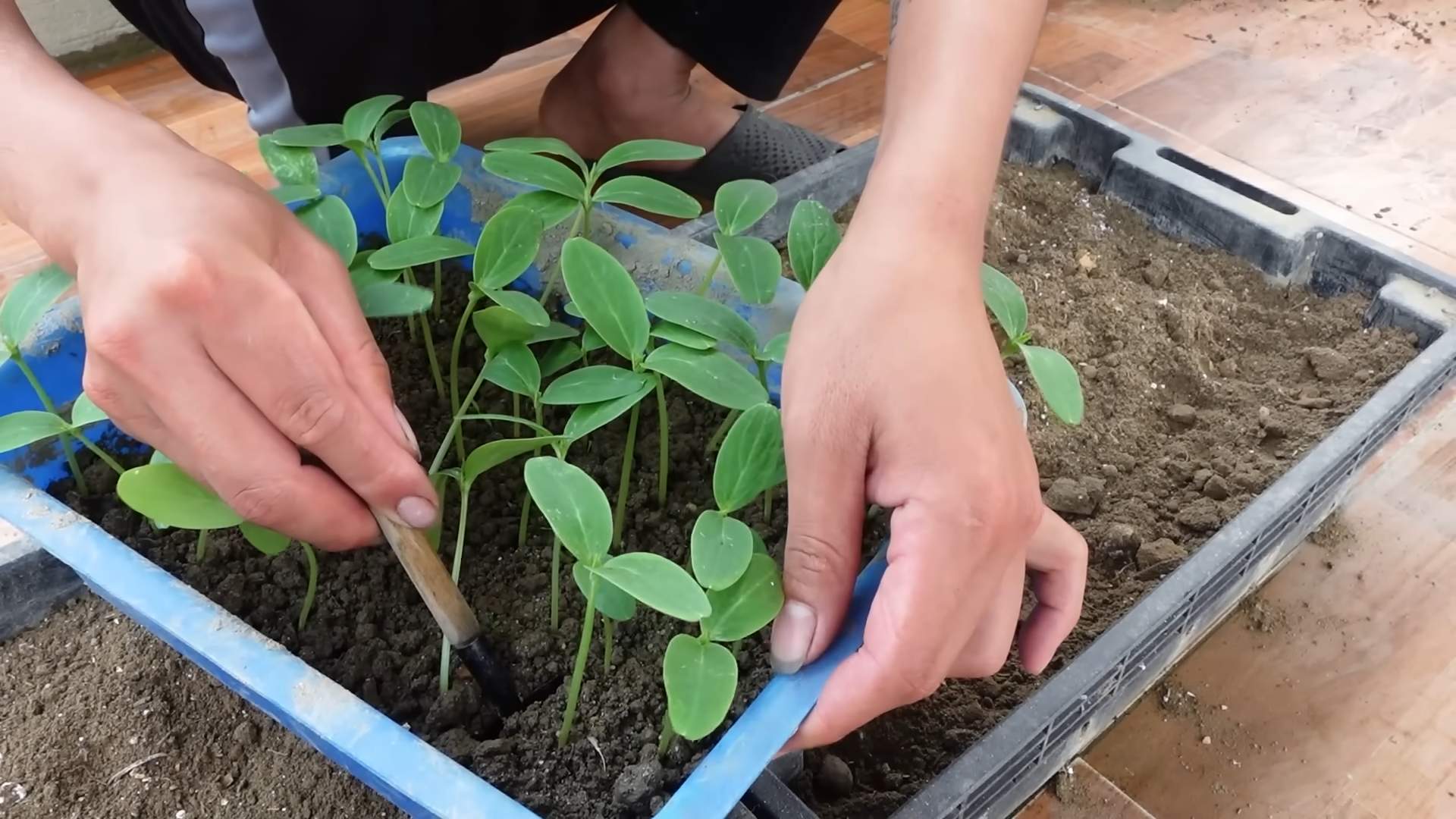
Conclusion
So there you have it – a simple, yet incredibly effective method to grow crisp cucumbers right in your own backyard or even on your balcony! This DIY trick isn’t just about growing cucumbers; it’s about mastering the art of cultivating perfectly crunchy, flavorful fruits. By following these steps, you’ll bypass the often disappointing experience of watery, tasteless cucumbers and instead enjoy the satisfying crunch and refreshing taste of homegrown perfection. This method focuses on optimizing soil conditions and plant care to encourage the development of crisp, firm cucumbers, resulting in a superior product compared to store-bought options. The secret lies in understanding the specific needs of cucumber plants and providing them with the ideal environment to thrive. This isn’t just about growing cucumbers; it’s about connecting with nature and reaping the rewards of your own hard work. The satisfaction of biting into a crisp, juicy cucumber you’ve grown yourself is unparalleled.
Beyond the basic method, there are countless ways to personalize your cucumber growing experience. Experiment with different cucumber varieties – from the classic English cucumber to the more compact bush cucumbers, each offering a unique flavor and texture. Consider companion planting, incorporating herbs like dill or basil near your cucumber plants to attract beneficial insects and enhance the flavor profile. You can also explore different trellising techniques to maximize space and support the growth of your vines. For those with limited space, consider growing cucumbers in containers – just ensure they are large enough to accommodate the root system. Don’t be afraid to get creative and adapt this method to your specific environment and preferences. The possibilities are endless!
We strongly encourage you to try this DIY trick and experience the joy of growing your own crisp cucumbers. Share your results with us! We’d love to see your thriving cucumber plants and hear about your successes (and even your challenges – learning from mistakes is part of the process!). Post your photos on social media using #GrowCrispCucumbers and tag us – we’ll be sure to feature some of our favorites. Remember, gardening is a journey, not a race. Enjoy the process, learn from your experiences, and savor the delicious rewards of your labor. Growing your own crisp cucumbers is a rewarding experience that will leave you with a deeper appreciation for the simple pleasures of homegrown produce.
Frequently Asked Questions
Q: What type of soil is best for growing crisp cucumbers?
A: Cucumbers thrive in well-draining, fertile soil with a slightly acidic pH (around 6.0-6.8). Amend heavy clay soils with compost or other organic matter to improve drainage and aeration. Sandy soils may benefit from the addition of peat moss or other organic materials to retain moisture.
Q: How often should I water my cucumber plants?
A: Consistent watering is crucial for crisp cucumbers. Water deeply and regularly, especially during dry periods. Aim to keep the soil consistently moist but not waterlogged. Overwatering can lead to root rot, while underwatering can result in stunted growth and less crisp cucumbers.
Q: What are the signs of a nutrient deficiency in my cucumber plants?
A: Nutrient deficiencies can manifest in various ways, including yellowing leaves, stunted growth, and poor fruit production. Regular fertilization with a balanced fertilizer specifically formulated for vegetables can help prevent nutrient deficiencies. If you suspect a deficiency, consider a soil test to determine the specific nutrients your plants need.
Q: How can I prevent common cucumber diseases?
A: Good sanitation practices are essential for preventing diseases. Remove any diseased leaves or plants promptly. Ensure good air circulation around your plants to prevent fungal diseases. Consider using disease-resistant cucumber varieties. Proper watering techniques also help prevent many diseases.
Q: When is the best time to harvest my cucumbers?
A: Harvest cucumbers when they are young and firm, typically before they reach full size. The optimal time for harvesting depends on the variety, but generally, cucumbers are ready for harvest when they are about 6-8 inches long and have a firm texture. Harvesting regularly encourages continued production.
Q: Can I grow cucumbers in containers?
A: Yes, you can definitely grow cucumbers in containers, but choose a large container (at least 10 gallons) to accommodate the root system. Use a well-draining potting mix and ensure the container receives adequate sunlight. Bush varieties are generally better suited for container gardening.
Q: My cucumbers are watery. What went wrong?
A: Watery cucumbers are often a result of inconsistent watering, excessive nitrogen fertilization, or insufficient sunlight. Ensure consistent moisture, avoid over-fertilizing with nitrogen, and provide at least 6-8 hours of direct sunlight daily. Also, ensure proper drainage to avoid waterlogged soil.
Q: What are some other tips for growing extra crisp cucumbers?
A: Beyond the techniques outlined, consider using a soil thermometer to monitor soil temperature, ensuring it stays within the ideal range for cucumber growth. Mulching around the plants helps retain moisture and regulate soil temperature. Regularly inspect your plants for pests and diseases and take appropriate action if necessary. Remember, consistent care and attention are key to growing the crispiest cucumbers possible!

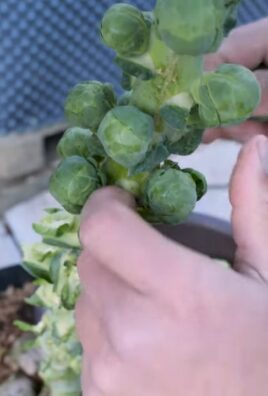
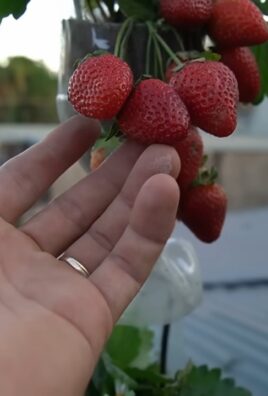
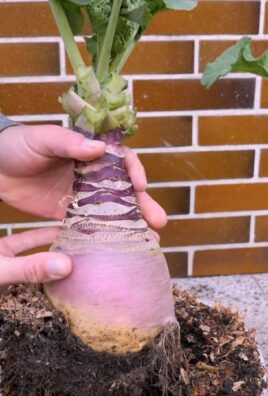
Leave a Comment